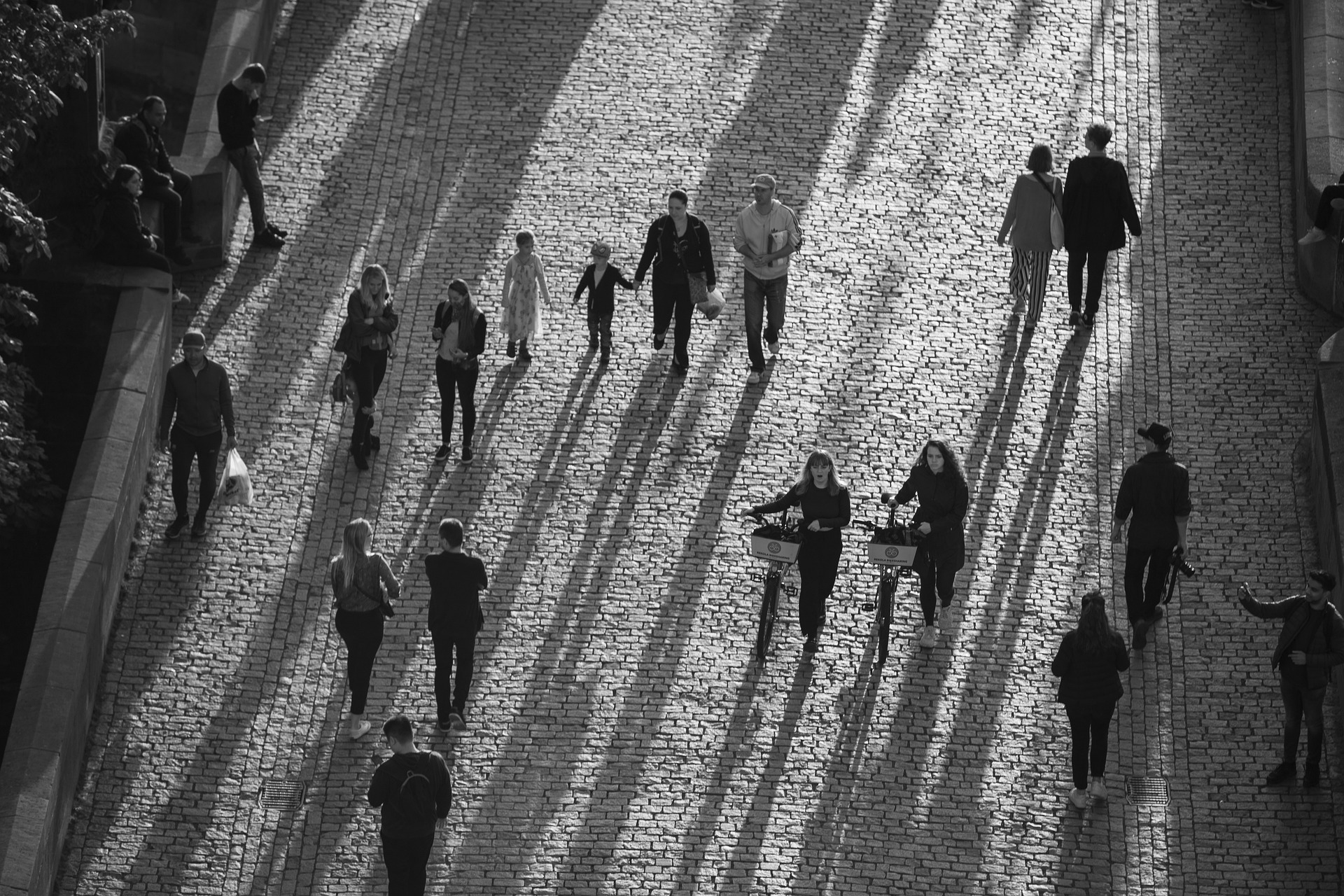The Social Implications of Solo Living: Unpacking the Rise of Single-Person Households
In a world once dominated by traditional family units, solo living has emerged as a significant social trend. Discover the historical context, current implications, and future prospects of this fascinating cultural shift. Read below to learn more about how this trend is shaping the modern society.
The Historical Backdrop of Single Living
The 20th century saw a significant shift in societal norms and living circumstances. The traditional family structure - a married couple with children - was the dominant societal norm for the longest time. However, the advent of urbanization, industrialization, and women’s liberation movements led to a loosening of these traditional structures. More people began prioritizing personal fulfilment, career growth, and independence, leading to a steady rise in single-person households.
The Current Landscape of Solo Living
Solo living, as a phenomenon, is not just confined to the Western world. From Stockholm to Seoul, more and more people are choosing to live alone. The reasons vary, from financial independence to the desire for personal space and freedom. This trend has not only changed housing markets but also had far-reaching impacts on consumer behavior, mental health trends, and societal norms.
The Cultural Shift Towards Independence
The rise of solo living reflects a broader cultural shift towards valuing independence. This is a result of various societal changes such as later marriage ages, higher divorce rates and longer life spans. Moreover, the rise of feminism and the LGBTQ+ movement has also played a crucial role in promoting solo living, as it challenges traditional family norms and values individual choice and autonomy.
The Societal Implications of Single-Person Households
The rise in single-person households brings with it major societal implications. It has driven demand for smaller, more efficient living spaces and influenced urban development. It has also created new markets for products and services catered to singles. On the other hand, it has raised concerns about social isolation and mental health, as living alone can potentially lead to feelings of loneliness and depression.
The Future of Solo Living
As societal attitudes continue to evolve, it is likely that the trend of solo living will persist. The ongoing COVID-19 pandemic has further underlined the importance of personal space and the ability to live independently. However, it has also underscored the human need for connection, prompting a reevaluation of what solo living should look like in the future.
This exploration of the solo living trend offers a glimpse into how societal norms and values are continually evolving. As we move forward, it is crucial to continue studying such trends, as they not only reflect our changing society but also shape it in significant ways.





